7079 people reached on Facebook Lassi with Lavina page
Kamlesh Kaushik, Deepika Mandrekar and 10 others like it.
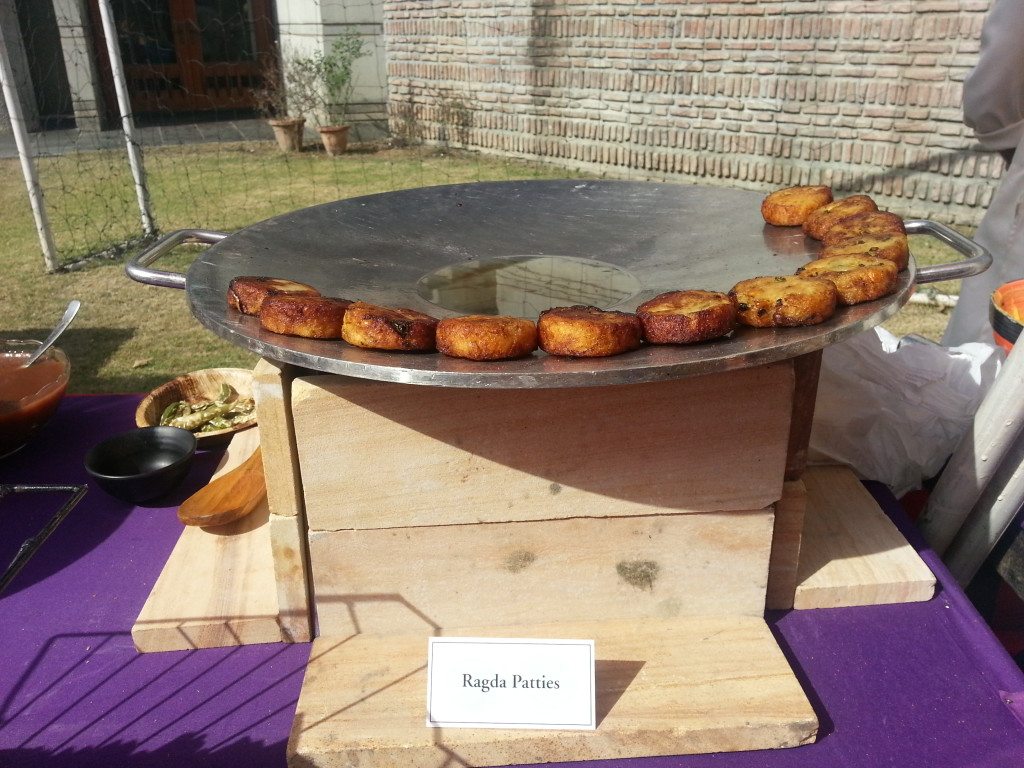
Eating my Way through India
[dropcap]S[/dropcap]ome people infiltrate a country to conquer it. My invasion was simply to – eat it!
To swallow it whole, the foods, the tastes, the spices – to make it a part of me.
I’ve been popping pieces of India into my mouth since childhood – and it’s an insatiable hunger for more and more. As a toddler, I remember sitting in our Connaught Place home in Delhi, one of those strange buildings built by the British with storefronts below and homes above; there was a verandah and bedrooms out in front, a big open courtyard in the middle and tiny, ugly bathrooms at the back – you actually had to use an umbrella if you needed to pee in the night and it happened to be raining!
It was in this open courtyard that our plump cook named Shankar used to cook on a coal sigri and hand-feed us sabji of sweet Simla peas and potatoes with soft home-made rotis, and often, a treat of gajjar ka halwa, a rich orange caramelized sweet carrot concoction.
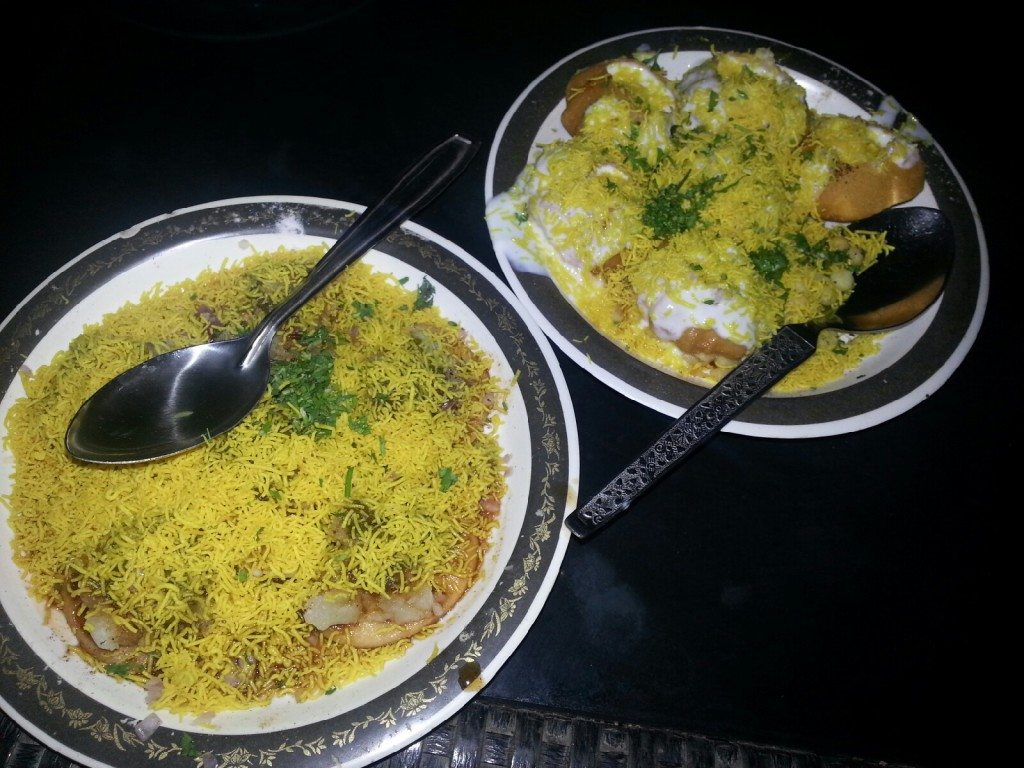
From Sindhi Channa Dabalroti to Bori Samosas in Chandni Chowk
[dropcap]T[/dropcap]hose tastes linger after decades, as does the taste of Sindhi channa dabalroti simmered in a golden gravy made from besan or chick pea flour and served over slices of white bread, with a topping of sliced onions and ‘murmulas’. This was served en masse to friends who barged into our home on Republic Day since the grand parade passed right below our apartment, and our spacious verandah was the ideal viewing gallery. On these sunlit days guests were served plates of channa dabalroti along with mounds of chikki (sweet peanut brittle), rewris (til or seasame balls) and potato chips – munching ammunition for surviving the parade marathon.
Yes, food was always an intrinsic part of our outings – be it plates of alu tikkis and tamarind chutney sold at a small makeshift restaurant at the old sandstone fountains near India Gate in the 60’s, or ordering takeouts of spicy chole bhature and plump, syrupy gulab jamuns at a roadside stall on Panchkuian Road after our endless visits to the cranky old tailor who fashioned our outfits from fabric and our imagination.
Then there were the visits to Old Delhi to visit Chandni Chowk – the Moonlit Square – a crowded, congested sweaty swirl of humanity and commerce where we would buy fabulously spun Bori Samosas, unmatched wraps made only by the Bori Muslim community. Old Delhi was also my father’s go-to destination for a special hundred percent pure pista mithai which I craved as a child. Seems at the age of four, I was a finicky eater and would eat only this dark green rich sweet and my dad would often drive all the way to the old city to get it for me.
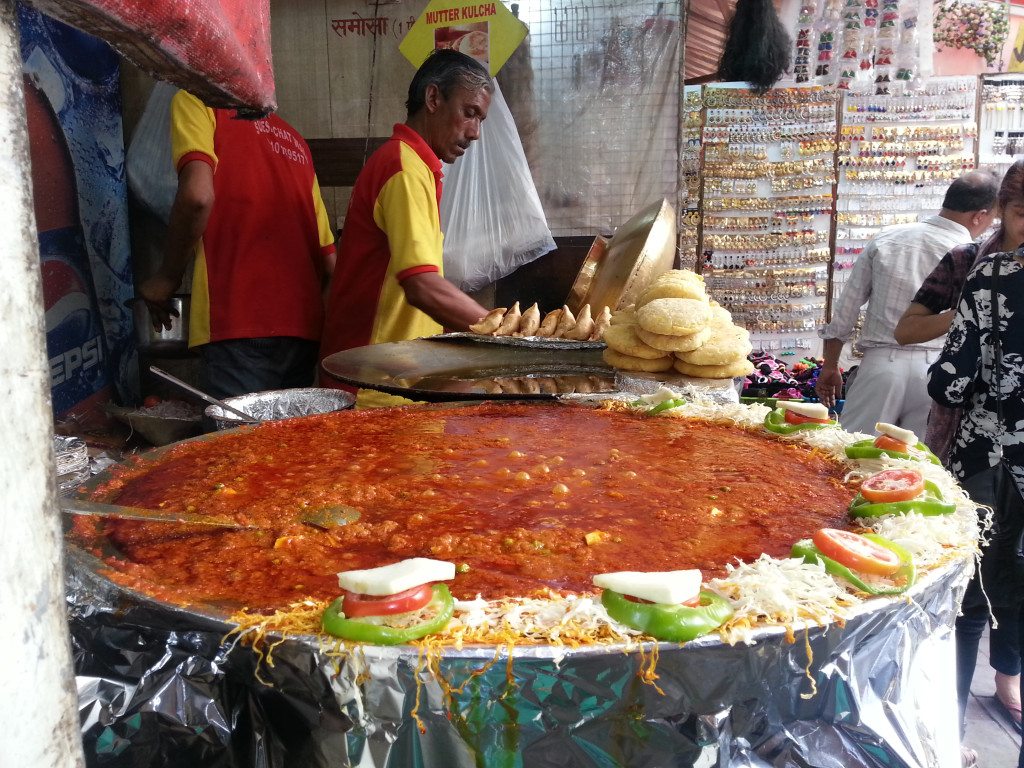
[dropcap]T[/dropcap]he chaat papri of Bengali Market was always a much anticipated treat – pani puri, gol gappas, chane bature and samosas were just some of the must-haves, not to mention a zillion different mithais. Sniffling with the chillies and spices we went into an orgy of demolishing several platters of street food.
Eating out at Embassy Restaurant was an occasional Sunday treat – and all these delicacies were signed and sealed with an aromatic paan which brought an intoxicating finale to the binge of feasting. After all, the restaurant has been around for six decades with its curious blend of dishes. Where else would you get Bomb de Moscova, Amritsari Macchi, Chicken Strognoff and unmatchable chole bhature and chicken chaat – all on the same table?
Times have indeed changed – the restaurant which sprouted up just after India’s independence and is still under original ownership, actually has a website with lovely black and white images of good old Connaught Place. They write: “We have known many of our patrons since they used to wear knickers and came here, holding their elder’s hand, for a plate of handmade ice-cream.”
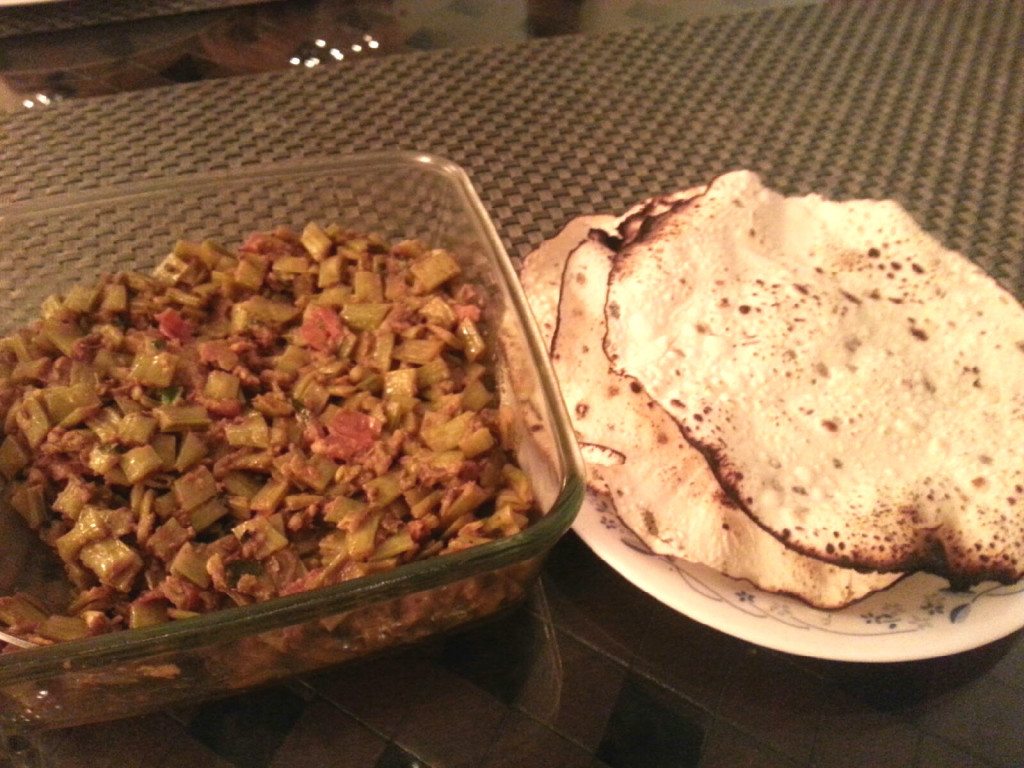
A Touch of the Raj – Doll Weddings at the Club
[dropcap]F[/dropcap]or our family, there were also weekly outings to the clubs, a unique food culture introduced by the British. Though we were not rich-rich, our families were members of several clubs – the Chelmsford Club, the Flying Club, the Delhi Golf Club and the NSCI – and the unique signature dishes to be had at each – be it the cheese toast or the roasted peanuts at the Golf Club or the shammi kebabs at the Flying Club. Chelmsford Club meant playing on the swings while parents played cards and then devouring the chips and grilled sandwiches.
A real touch of the Raj but to us it was all about tastes and bites. I recall my friends and I even had our dolls – a boy doll and a girl doll – get engaged and then married, and had the wedding ceremony on one of the club’s sofas with wedding eats for the handful of kids who were the guests. We decided samosas and fries and sandwiches were the ideal wedding feast menu, topped with Coke. This was before the Internet so we basically had too much time on our hands and had to find creative ways of making mundane life fun and adventurous – and of course food was always a big part of it.
Then there were the special meals cooked at home for special days – the daal pakwan breakfast, the Sindhi kokies at any time and for any excuse, and the famous fried Sindhi mutton and the mutton biryani of our family – studded with nuts and kismis and cooked by my mom in the living room which housed her precious electric stove and the fridge – acquisitions which had pride of place in the living room of that crazy Connaught Place home which I often re-visit in my dreams.
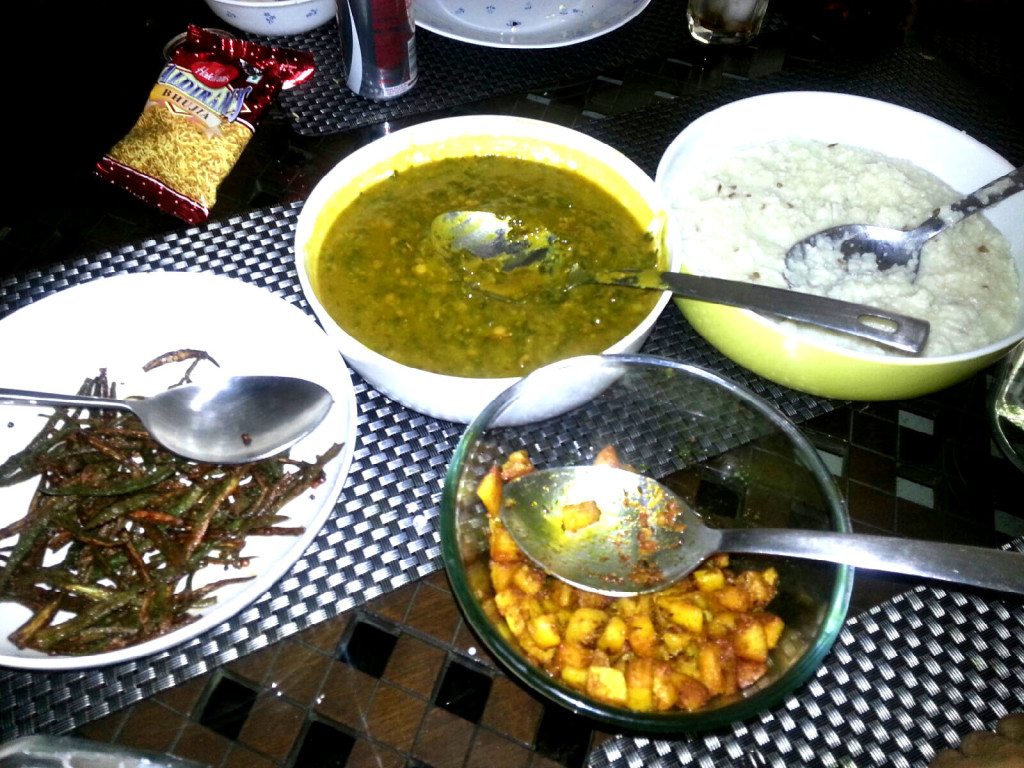
Home Food – Uncles, Aunts, Rummy and Hot Chai
[dropcap]I[/dropcap]f happy occasions involved food so did sad ones. There was the season of shraddas – meals commemorating the departed – and carloads of uncles, aunts and cousins would descend on the home for prayers and feeding the pujari the delicious treats the ancestors had loved and then we too would feast on the wonderful food – Sindhi curry and rice, saibhaji – spinach cooked with seven different vegetables, pakoras and samosas, daibhallas and of course all topped by syrupy gulab jamun and jalebis. The relatives of the extended family would also bring their contributions or special dishes and it would be an endless talkathon and eatathon. The kids would gather together and play while the older folk gossiped and sometimes even sacrilegiously played rummy when the rituals ended. And of course cupfuls of hot chai to make the gossip more delicious.
With so many uncles and aunts around, someone or the other was always having a hawan or a katha and this once again meant feasting after the fasting. All before the era of Facebook and Twitter, these were real relationships with real people, old grand-aunts to whom you had to bow down and from whom you received all-embracing hugs and blessings. It was family you were bound to by invisible bonds – but over the years people died, some disappeared and others just got disconnected and drifted apart. The memory of those meals and those connections still lingers.
And so it was that when a trip to India came up this year, I thought I’d re-trace my steps and see how much of the past still existed. Even though I had moved out, did the familial universe still exist, were those dishes still a part of the foodie universe in India? Had new dishes taken over and were there new bits and pieces of India to swallow and digest?
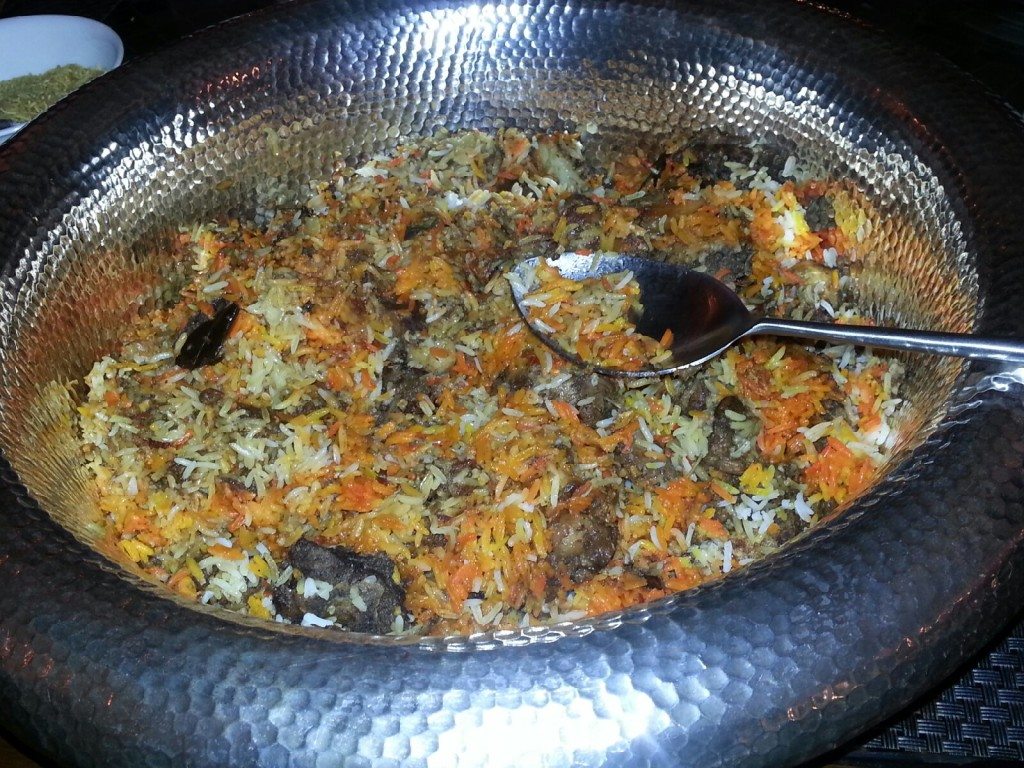
Food Journey to Reclaim the Past & Savor the Present
[dropcap]T[/dropcap]he very first morning in Delhi at my sister’s home it was as if nothing had changed; we had Sindhi kokies for breakfast, flatbreads made from wheat flour and embedded with chopped onions, green chilies, kotmir and tomatoes. This was kneaded with oil and water to make the most delicious flatbreads, served with dry potato sabji, yogurt and papad. It was hard to stop at one, and it brought back memories of mothers and grandmothers, loved aunts – all of whom had on occasion served us this must-have breakfast.
My sister who’s had some wonderful cooks over the years was able to serve us some of the traditional family recipes of fried meat, mutton biryani and even something called Junglee Mutton. As the families have grown with daughters married into different households from different regions of India, new recipes have entered into the repertoire, as well as western dishes which have become so popular in affluent India. It’s not surprising to have a Vietnamese curry one night and a Thai soup the next, while pizza and pastas are almost a part of the usual food at home. Another sister-in-law who grew up in Indonesia treated us to a full meal of gado-gado, noodles, nasi goring and other treats – all hundred percent vegetarian since she is a Sai follower.
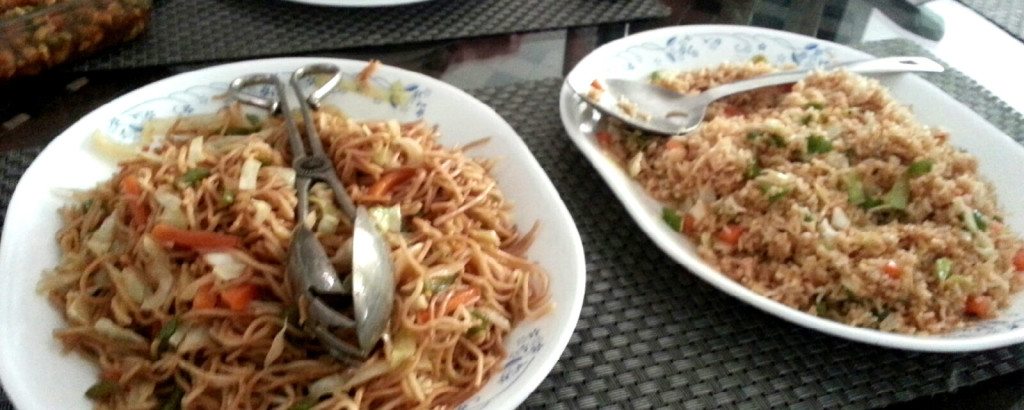
Have you Ever Eaten Dahi Ki Sabzi & Tawe wale Chawal?
[dropcap]P[/dropcap]erhaps the greatest treats were the ones which were served at home, day in and day out by the home cook. Chillas made out of mung daal and served with guar and achari aloos. It was a divine meal and it was impossible to stop at one or two chillas. These crepes, somewhat like dosas, were unique in their flavor and tasted delicious with green dhania and chili chutney.
Since everyone in my family circle is a passionate foodie and has access to great cooks, there was a lot of animated food exchange going on between the families, especially in the area of vegetarian food. Dahi ki sabzi is one of those unique tastes I had never experienced – made of thick, Greek-style yogurt, the dish has yogurt as the main ingredient with added condiments like tomato, chilies and dhania along with turmeric. What a rich taste and the ultimate when served with hot tande ka rotis. Another unusual dish was tawe wale chawal – almost like a vegetarian biryani, using grams or lentils as the carbs/protein with its rich biryani flavoring.
Eating Out in Delhi Five Stars to Street Dhabas
[dropcap]I[/dropcap]n India, if money is not a concern then just about anything is possible, with a buzzing world of five star hotels with the most elegant restaurants. One of the memorable ones I visited was OTW, On the Waterfront, a gem-like restaurant with Pan Asian influences, in the opulent Lodhi Hotel in Delhi. The restaurant, in a glass pavilion set on a reflecting pool, is a great experience.
Eating out was indeed an eye-opener: while many of the old places were still there such as the Delhi Golf Club, the NSCI and the Gymkhana Club with their signature treats, and the CCI Club, the Radio Club in Mumbai, I actually went to a new restaurant called Delhi Club House – which is a take on famous old clubs like Calcutta’s Tollygunge Club and the Royal Bombay Yacht Club. and their signature dishes. The menu includes cheese Bombay toastie (Presidency Club), vegetable momos (Gorkha Rifles Mess), Eggs Kejriwal (Willingdon Sports Club) and Railway Mutton Curry and Saffron Onion Rice (Railway Club). The Delhi Club House has introduced a lot of new signature dishes which were fun to try such as air fried paani poori and crispy spinach and yoghurt chaat. Our table groaned under a feast from all parts of India, thanks to my nephew’s hospitality.
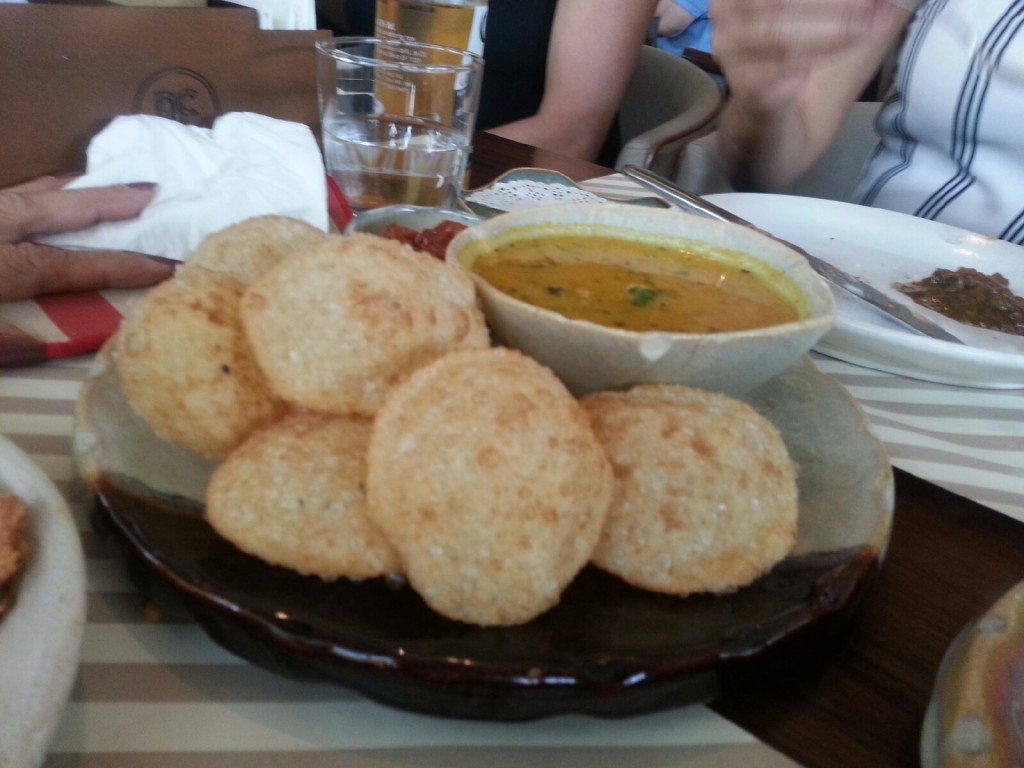
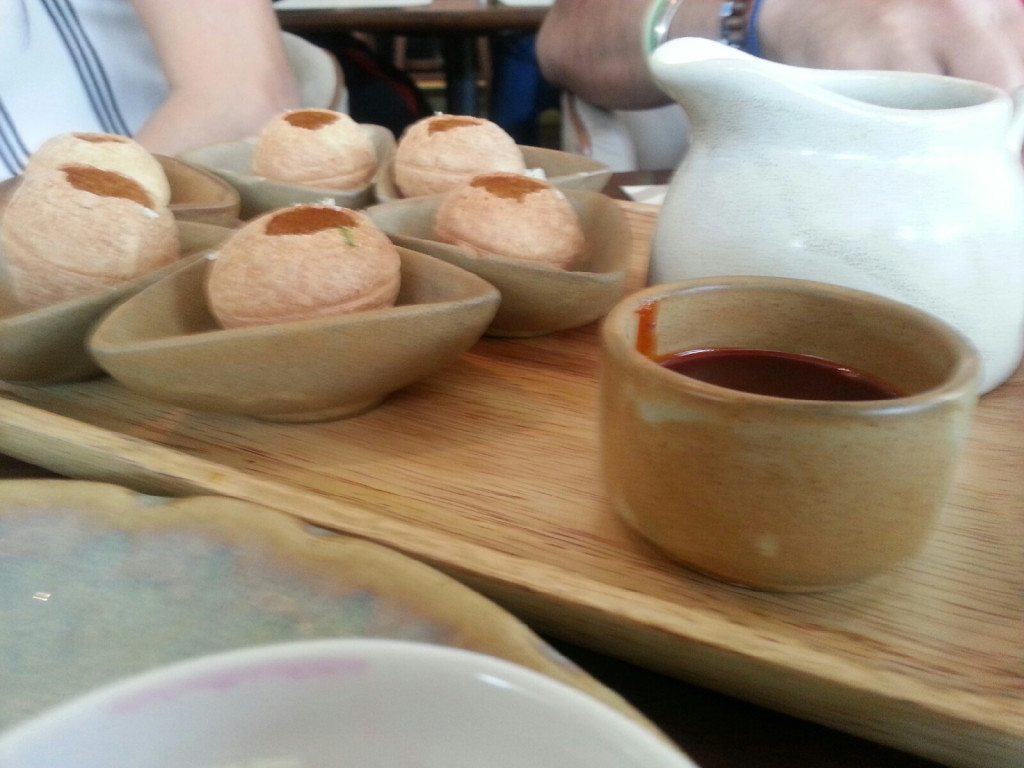
Eating out in this upscale India is serious business, a full-time job – there are just so many restaurants, you are dizzy with the choices. A new one seems to open every week and I was not able to keep up with this deluge of restaurants. I did visit one which actually has its roots in New York – Masala House which belongs to the Anand family. In New York, Gaurav Anand and his wife Shagun have three popular restaurants – Moti Mahal, Awadh and Bhatti Grill, and their first venture with his brother Saurabh and wife Tina is Masala House in Sundar Nagar.
Masala House, which is set on three floors, brings authentic Indian tastes with a twist along with modern plating and flavors uniquely its own. Some of the signature dishes are mawey ki seekh, Silbatta ki Shami and Nalli ka Rampuri Korma. One of my new favorites is the Beet tikkis with an audacious mixing of east and west ingredients. After all, where would you find mayonaise and peanut butter in such a traditional dish? These kind of surprise mergers make eating at Masala House an adventure.
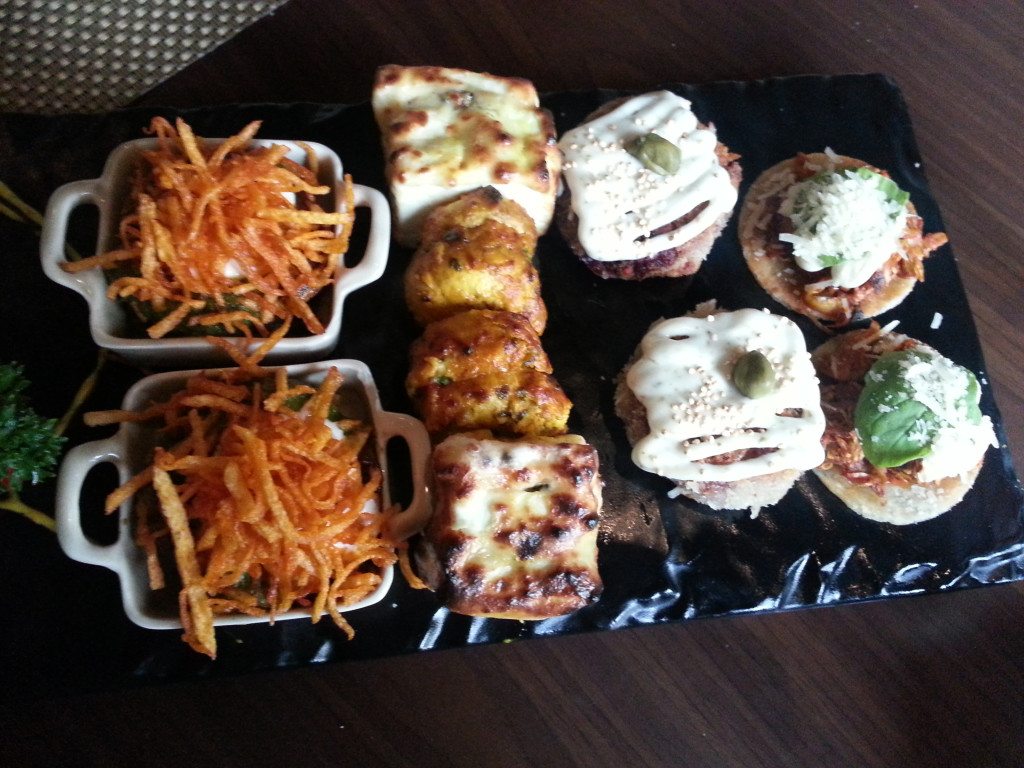
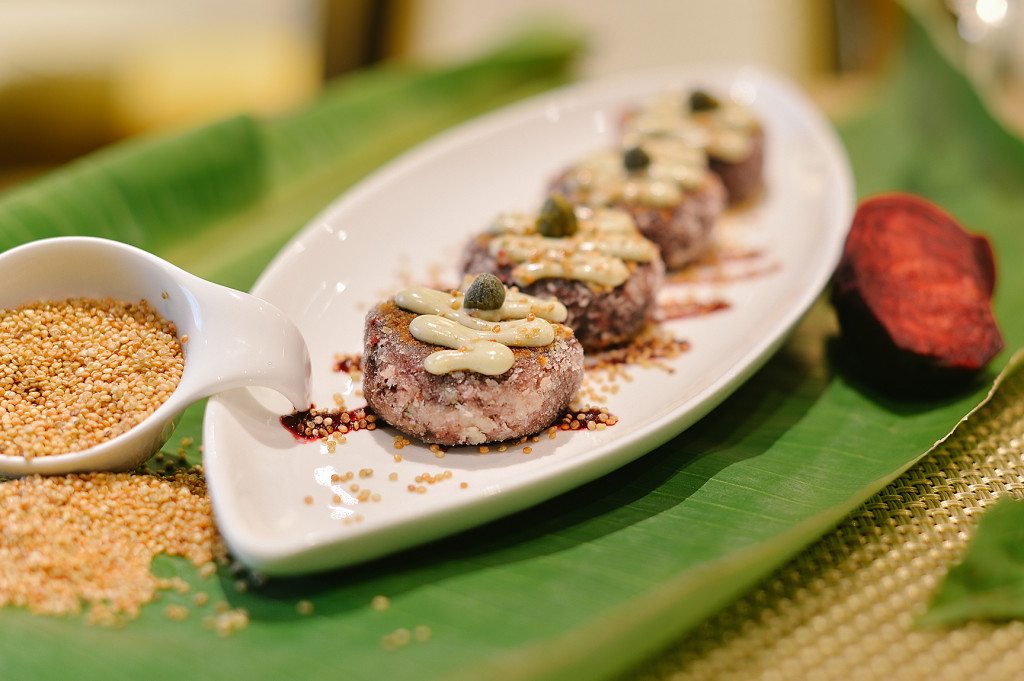
[dropcap]E[/dropcap]ven middle class India is on a big eating out journey – there are small restaurants everywhere and many like Haldirams provides good, hygienic food at a good price. These tasty delights are street food in a sanitized atmosphere, handled with gloves and chutneys made with bottled water – no risk of Delhi belly here! On my visit to the Haldirams in the city it was packed, with hardly a free table.
Swagath in the Defence Colony Market has the most marvelous dosas and south Indian food and a big screen TVto enjoy the cricket games when cricket fever hits. The restaurant which has 7 chain eateries serves Mangalorean, Malvani, Goan, Chettinad, Gomantak and Andhra cuisine. If you thought South Indian food is all vegetarian, you get to see the full gamut of non-veg delicacies from the South: Chettinad crabs, lobsters as well as pepper mutton, Chettinad Prawns biryani and Chicken Hydrabadi Curry with its classic gravy of cashew nuts and coconut paste.
If America has brought Burger King to India, an enterprising trio of foodies have come up with – Burger Singh! Only the name is similar because as the young entrepreneurs who started this say, these are craft burgers with a sense of humor and a definite Indian touch. And seriously who can resist United States of Punjab Mutton Burger or Juicy Lucy Kaur Burger? The vegetarian burger eaters also have a diverse menu starting with Nani’s Rajma Burger and others encompassing chick peas, paneer and vegetarian keema too. A fun place with some seriously good fries.
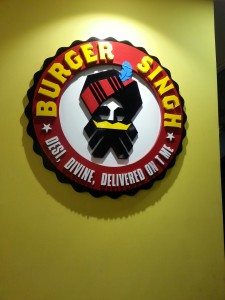
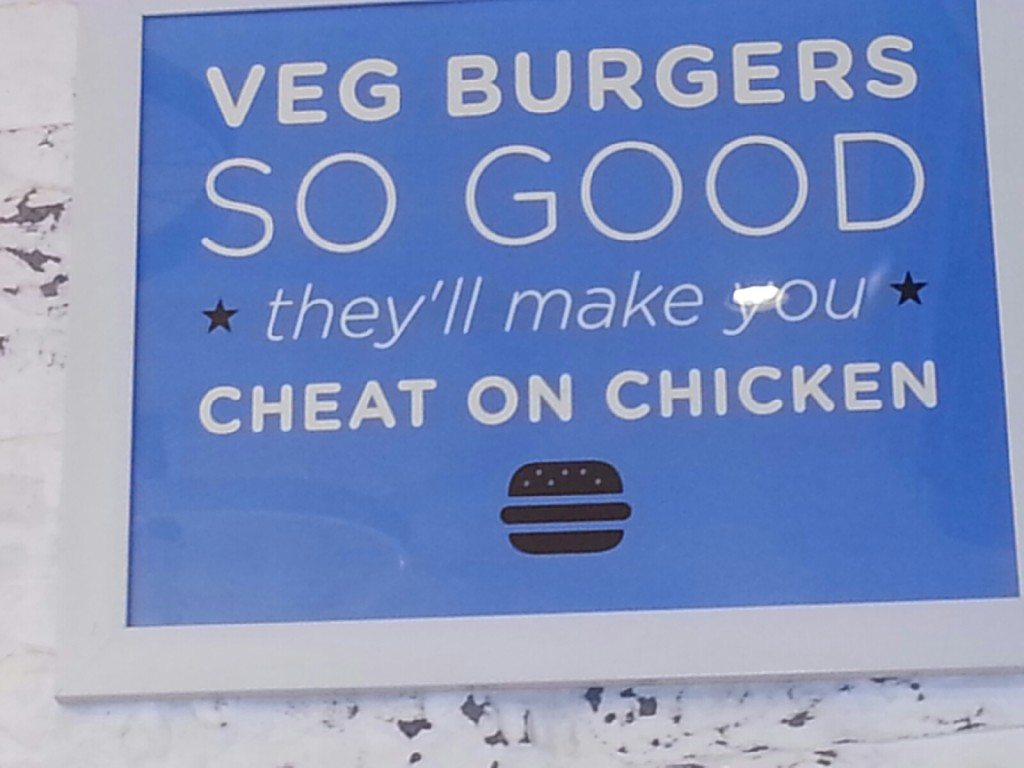
[dropcap]V[/dropcap]egetarians are in the majority in India so are treated special – even Chinese and Thai food has a strong vegetarian component to the menu. Restaurants are so aware of the veggie consumers’ needs that the menu for Berco’s, a Chinese and Thai restaurant in Delhi, clearly states “All dishes can be made without onions and garlic – just let us know!” An ideal situation for the many Jain consumers who do not indulge in these root vegetables.
The mall culture provides lots of restaurants – the brand names from America are all there from Subway to Dominos to yes, even TGIF! But Indian restaurateurs have taken the casual dining segment and really run with it, providing their own ethnic eateries with margaritas and mocktails, and every western and eastern concoction known to man – you see whole families eating exactly what they want. Variety is perhaps the reason for the popularity of the eating out concept.
In the Ambience Mall, DLF Promednade as well as DLF Place in Saket is Café Delhi Heights – India seems to be catering more and more to the urban young – even the drink mats here have amusing little one-liners – ‘meter nahi chalta!’ with a silhouette of a phut-phati or the infamous ‘ jaanta nahi mera baap kaun hai?!’ Don’t you know who my father is? Ah, Delhi with its pandering and family hierarchies!
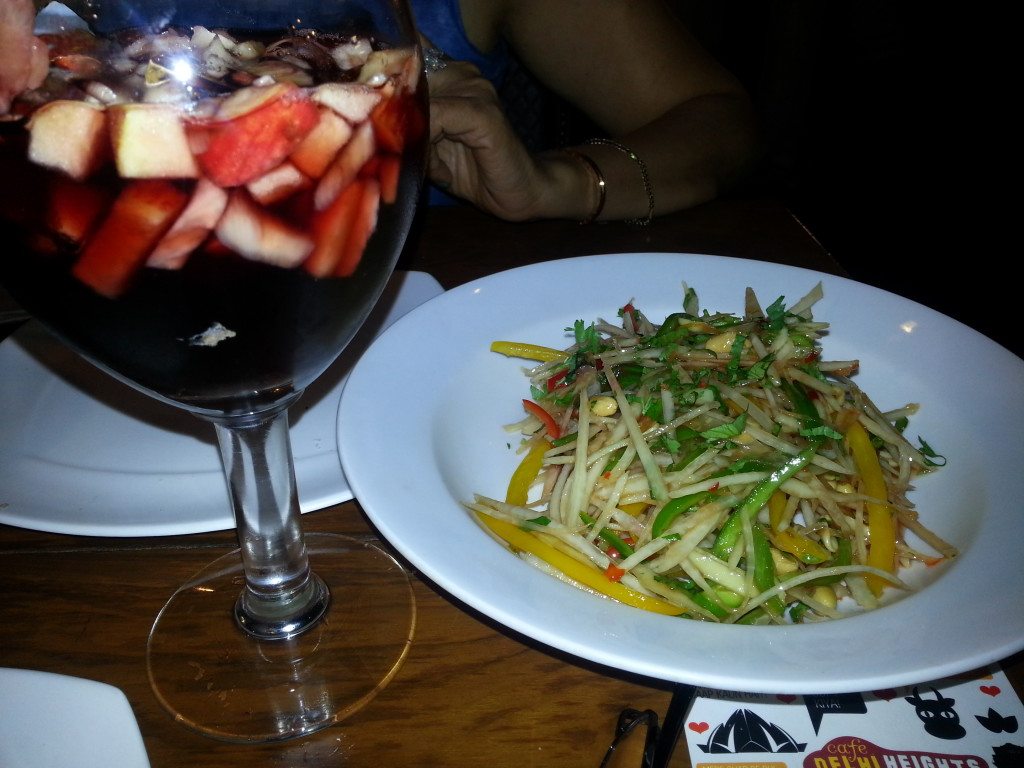
Fads and trends are popular. Another popular eating out place is called Social – it’s interiors are like a huge college campus with old typewriters, office desks, a clutter of books and electric table fans – a young crowd seems to patronize it – people in their 20’s with knapsacks on their backs. The food, from noodles to burgers, is also casual and fun.
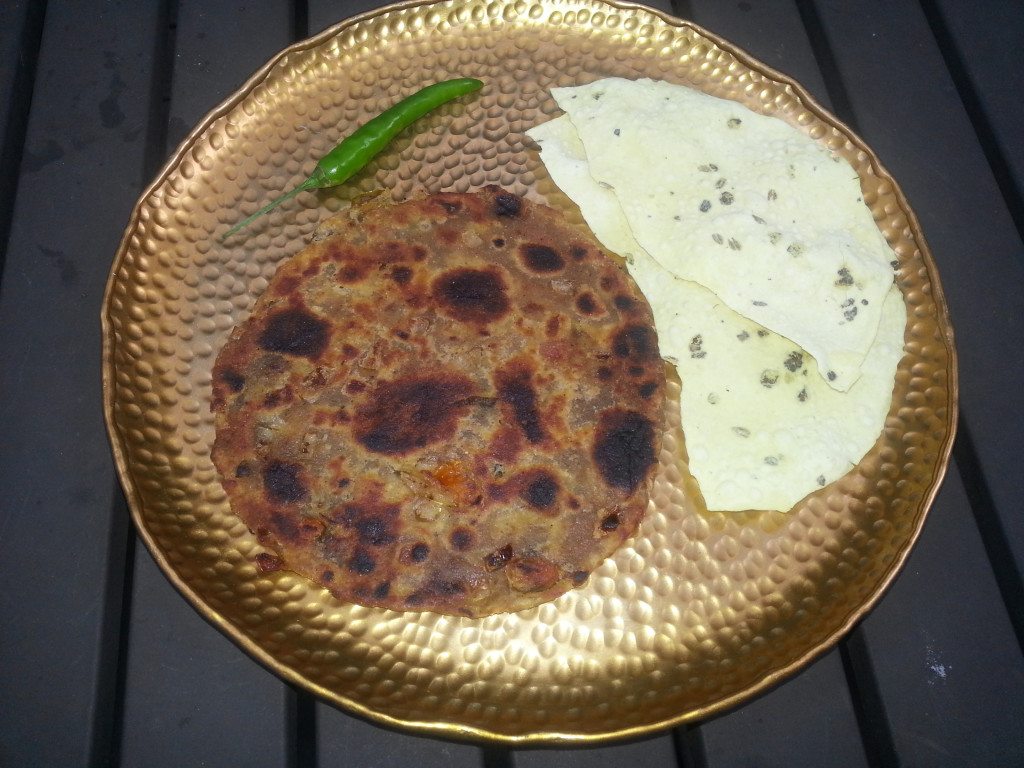
The Journey Out of India
[dropcap]D[/dropcap]uring my 45 day stay in India, I probably ate every possible kind of meal, from gourmet to street-food to home cooked comfort food. And as I left India to come back home to New York, I did what I do every trip: ask Raju, the family cook, to whip up three dozen Sindhi kokies for me. These legendary flatbreads traveled back to New York with me, cuddled in foil wrap, along with delicious home-made Mangalorean pickles from my sister-in-law. Since my Sindhi niece has just married into an Anglo-Indian family with its roots in Mangalore, my food pickings have amplified! I also brought back a gigantic packet of plump Indian cranberries which I dunk into my morning cereal, starting the day with a touch of India. (Recently I discovered these cranberries are actually imported into India from the USA! Just makes our world incredibly small and me a bit crazy for actually lugging them back to the States.)
Back in New York, I save my kokies like a miser in the freezer for a ‘Missing India’ day. Then I pull one out, heat it on the tawa as Raju would and enjoy it with yogurt, papad and pickle. I smile blissfully and eat my bits and pieces of real India even as I sit in New York!
(C) Lavina Melwani
(This article was first published in Khabar magazine)
What are your favorite traditional family meals? Do you still get to eat them or are they lost in the passage of time? Do share!

3 Comments
Sheila Shahani, Mumbai via email
Lavina, really enjoyed your article on eating through India. I thought it was brilliantly written.
Cheers – Sheila
Hi Deepak – so glad you enjoyed it! Bombay is wonderful too and I will be posting a story about the old club culture.
I do of course know of Indian Accent but did not get the opportunity to visit it – my eating out was by serendipity, suggestions of friends and family. Next time I’ll make it a point to visit it!
Thanks for your mouth watering article! I do something very similar every May when I visit Bombay for 6 weeks……It still feels like home but has the added magic of the ocean !
Anyway, was wondering if you tried the famous Indian Accent in New Delhi. If so what did you think of it and if not, why would you overlook it ?
shukriya
deepak sethi